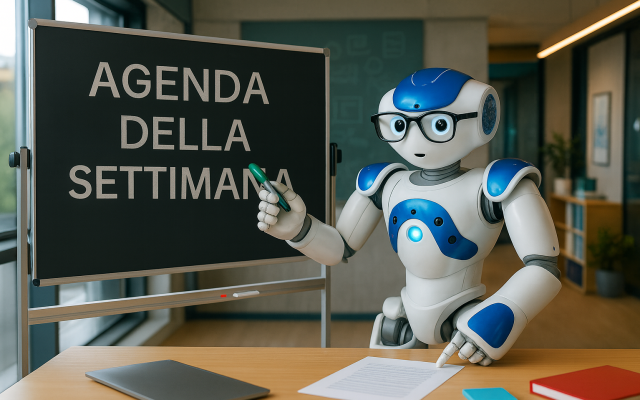2 min.
Why are marine robots designed and developed? What do “soft” robots do? What applications are they used for?
Elisa Amorelli has interviewed Engineer Cesare Stefanini, a researcher at the Scuola superiore S. Anna di Pisa.
Listen to the interview:
In the marine abysses with con Octopus and …
A squid’s tentacles seem to move with infinite freedom. Can we build a robot with the same degree of flexibility to reach even the most inaccessible places? The Lampedra robot was developed to analyse the neural mechanisms underlying vertebrate locomotion and to study alternative solutions that can improve the performance of artificial locomotion.
On the third day of RomeCup 2011 (14-16 March), thanks to the collaboration of Clax Italia, Scuola superiore S. Anna di Pisa, Università Campus Bio-medico of Rome and the Mediterraneum – Rome Acquarium, a demonstration aquarium will be installed in Piazza del Campidoglio, in front of the Palazzo dei Conservatori, to demonstrate robotic fish, including Octopusand Lampreda.
The development, as part of the European Lampetra project, of a robotics platform inspired by a primitive animal such as the lamprey, focuses both on the search for new solutions in artificial locomotion (rapidity of response, adaptability, energetic efficiency and control) and on the study of the paradigms of animal behavior (posture control, field of vision during actions, algorithms for identifying and avoiding barriers, analysis of the surrounding environment, chasing an object in movement, etc.)., The robot has many segments, an elastic structure, actuators that replicate muscular dynamics and functions, a series of proprioception sensors, a visual and vestibular system, artificial skin and a control system (both low and high level) that are all inspired by the lamprey’s nervous system.




